Introduction: The Future Is Here
What we’ve done is to lay the foundation for a future that will include multiple options for people to better understand and manage their own biological processes. This quote rings true as we witness a profound merger of biology and technology. Venter, known for mapping the human genome, underscores how advancements in cloning and AI can lead us toward unparalleled control over life itself. It’s like giving humanity a remote control for creation, and let me tell you, that’s an exciting, albeit slightly freaky, idea.
As humans, our eternal search for immortality has taken an unexpected twist with the emergence of cloning technologies paired with artificial intelligence. Can we really replicate ourselves or our beloved pets with enough precision that they might share not just our DNA but some of our memories too? The very notion tugs at the fabric of existence, making us ponder: what does it mean to be human when we can create perfect replicas? Are we on the brink of actualizing our own resurrection?
In this brave new world, where cloning is no longer confined to the pages of science fiction, celebrated authors and scientists like Mitchell E. Katz, whose writings often explore the ethics of biotechnology, and Carl Sagan, with his famous reverence for science, have set the stage for discussions that question the very essence of life. Today, we’ll navigate the labyrinth of cloning technology paired with AI and delve into the existential, ethical, and psychological intricacies it brings to light. Cloning could either be our greatest leap forward or a slippery slope to a future we reckon with unprepared.
1. The Resurgence of Cloning Technology
The field of cloning has come a long way since the infamous Dolly the sheep, the first mammal to be cloned from an adult somatic cell. In recent decades, technological advancements have spurred a renaissance across various dimensions of cloning:
- 1.1 Scientific Breakthroughs: Techniques such as CRISPR and somatic cell nuclear transfer have opened new doors in cloning applications. CRISPR allows scientists to precisely edit genes and potentially make better copies of organisms, like upgrading software on your computer. Who wouldn’t want to enhance their own version of life?
- 1.2 Success Stories: Eye-opening cases of pet cloning, such as those reported by companies like Genetics R Us and Stellaclid, have changed public perception, showing that cloning isn’t just a dream for mad scientists anymore. Just ask the 100-plus families who have already cloned their pets! Pets are forever, right? Or at least until the next version comes out!
2. AI Precision: The Brain Behind Cloning
As cloning technology evolves, artificial intelligence plays a pivotal role in enhancing the precision and success rate of cloning operations. Think of AI as the brain, tirelessly working behind the scenes, spitting out data faster than you can say "copy-paste!" Here are two main ways that AI takes cloning from basic biology to precision engineering.
- 2.1 Data Synthesis: Machine learning algorithms can analyze biological data to improve the cloning process. These algorithms sift through massive troves of data, learning patterns that mere mortals may miss. For instance, researchers at iBiology have experimented with AI to better understand genetic sequences which could ultimately streamline cloning efforts. Imagine AI not just as a calculator, but as a nutritionist figuring out the best recipe for genetic success.
- 2.2 Predictive Modeling: AI can predict the outcomes of cloning procedures, reducing trial-and-error approaches. This means instead of a mad scientist yelling “It’s alive!” when something doesn’t go as expected, AI helps researchers foresee results before hitting the big green button. For example, the team at Khan Academy offers insights into predictive modeling in biological research, showcasing how AI can avoid costly mistakes, much like avoiding those last-minute grocery store runs before a big meal.
3. Ethical Considerations of Cloning
While the technicalities of cloning are fascinating, the ethical dimensions pose difficult questions. You see, when we start playing around with the building blocks of life, things get a tad serious. Let’s explore the moral maze of cloning with some big questions we really need to ponder.
- 3.1 The Value of Life: What does it mean to create a perfect copy? Do we risk trivializing life? Imagine creating a twin, but instead of bonding over ice cream and childhood memories, you end up with a "you" that is... well, just a clone? This scenario raises unnerving thoughts about identity and self-worth. According to the World Health Organization, every life holds irreplaceable value. As we venture down this cloning path, we must tread carefully, remembering that each being, cloned or otherwise, has feelings and a story.
- 3.2 Intellectual Property and Rights: Who owns a cloned being, and what rights do they have? It’s like owning the latest smartphone: Who owns the design, you or the manufacturer? As we create clones, questions of intellectual property and rights bubble up like a fizzy drink. The United States Patent and Trademark Office provides guidelines on intellectual property, but the laws around cloning remain murky. Should your clone have the same rights as you? Should they be allowed to claim their own identity (cough, cough, legal battles)? The answers will surely stir the pot, making the courtroom drama intensify like a super episode of "Law & Order."
4. Psychological Impact of Cloning
The psychological effects of cloning aren't just fascinating; they're profound. What's it like for those who choose to create an identical copy of a being? Cloning has the power to reshape our understanding of identity and connection. Let's explore some of these impacts more closely:
- 4.1 Identity Crisis: Imagine looking into the eyes of a clone—someone who shares your DNA but isn’t you. This can pose complex questions about what makes you who you are. Many researchers point out that identity is shaped not just by our genetics, but also by our experiences and emotions. As clones grow and develop their own memories and personality traits, how will they view their connection to their original counterpart? Relationships may deepen, but they could also become confused with the struggle for individual identity.
- 4.2 Grief and Mourning: For families grappling with the loss of a pet, the prospect of cloning can be a double-edged sword. On one hand, cloning offers hope—the chance to hold onto the memories of a beloved animal. On the other hand, it raises questions about grief. Is it healthy to try to replace a lost pet with a clone? People like [Megan Duffy](https://www.theguardian.com/us-news/2020/feb/07/cloning-pets-deceased-animals) have shared their heartbreak and journey through cloning, illustrating the emotional complexities involved. Families may find their grief magnified if the clone does not behave exactly like the original, leading to feelings of disappointment and a renewed sense of loss. Therefore, it's important to approach cloning with care, acknowledging the emotional landscape that accompanies these decisions.
5. Market Dynamics and Future Trends
The blending of cloning technology with AI is not just scientific; it's fundamentally economic. It opens the door to new markets and challenges traditional business models. Let's delve into the compelling marketplace emerging from this exciting intersection:
- 5.1 Market Analysis: The pet cloning industry has seen swift growth in recent years. Companies such as [ViaGen Pets](https://www.viagenpets.com/) are taking the lead, demonstrating that cloning can be a viable business. The demand for cloned pets has risen dramatically, as owners long to recreate that special bond with their furry friends. Here’s a breakdown of some key statistics from the emerging industry:
- Potential Market Size: Valued at approximately $1 billion by 2025.
- Growth Rate: Expected growth at around 10% annually.
- Consumer Sentiment: Surveys suggest that up to 50% of pet owners would consider cloning a beloved pet under certain conditions.
- 5.2 Regulatory Landscape: As this technology advances, we must consider the laws and guidelines surrounding cloning. Current regulations often lag behind technological innovations. It's essential to strike a balance between encouraging innovation and ensuring ethical practices. Organizations and countries around the world are grappling with key questions such as:
- What legal rights will cloned beings possess?
- How will cloning laws adapt as technology progresses?
- How can safeguards be put in place to protect both clones and their creators?
6. AI Solutions: How Would AI Tackle This Issue?
Artificial Intelligence stands as a beacon of hope as we venture deeper into the uncharted territory of cloning. By integrating AI into the cloning process, we can enhance precision, efficiency, and ethical governance. This multifaceted approach involves a series of structured steps:
- 6.1 Research Data Compilation: The first step involves assembling a consortium of geneticists, biologists, AI experts, and ethicists. This diverse team will collaborate to construct a comprehensive database of cloning cases worldwide. By pooling successes and failures, the insights gathered will serve as essential knowledge for future cloning endeavors.
- 6.2 Predictive Analytics: AI can utilize machine learning algorithms to analyze patterns from the compiled data. Predictive modeling will help us better understand cloning's potential outcomes under varied conditions, reducing risky trial-and-error approaches. This data-driven strategy could inform decisions on best practices and identify areas requiring further research.
- 6.3 Ethical Framework Development: It's vital to partner with ethicists to create a robust regulatory framework guiding cloning practices. This ethically sound approach must balance scientific advances with moral implications, ensuring that societal concerns surrounding cloning are addressed. Such a framework should encompass regulations regarding ownership rights and responsibilities associated with cloned beings.
Actions Schedule/Roadmap (Day 1 to Year 2)
Creating a comprehensive roadmap that mirrors the meticulous planning of the historic Manhattan Project can serve as a guiding light for organizations venturing into cloning and AI. Here’s a detailed schedule:
Day 1: Establish a core team of geneticists from renowned institutions like Johns Hopkins University, AI researchers from top tech firms such as IBM, and ethicists from diverse backgrounds. Choose team members who are willing to push boundaries and think creatively.
Day 2: Conduct brainstorming sessions focused on defining project goals. Utilize tools like Miro for collaborative visualization of ideas and outlines.
Day 3: Create a detailed project timeline, including phases for research, data analysis, and ethical considerations. Allocate budgets transparently to ensure funds are appropriately channeled.
Week 1: Begin extensive data collection regarding existing cloning technologies. This could mean evaluating previous research like that conducted by the Wellcome Sanger Institute and their advancements in genetic research.
Week 2: Implement AI tools for predictive modeling, utilizing platforms such as TensorFlow or PyTorch to simulate various cloning processes.
Week 3: Hold the first in-depth review by an ethical committee, inviting external experts to audit the guidelines proposed for cloning research.
Month 1: Present initial findings to stakeholders, capturing feedback and refining the project scope based on collaborative discussions. Use tools like Slack or Zoom to facilitate ongoing communication.
Month 2: Analyze public sentiment and societal implications through structured surveys and focus groups in collaboration with agencies like Pew Research.
Month 3: Develop prototype models based on AI's predictive outcomes. Test these models in controlled environments before scaling up.
Year 1: Scale up experiments based on initial successes while evaluating effects on stakeholder interests. Research should continuously adapt to new findings.
Year 1.5: Conduct extensive peer-reviewed studies published in scientific journals like Nature and Science.
Year 2: Finalize ethical guidelines for commercialization and begin broader discussions with regulatory bodies about public impact, ensuring a holistic approach is taken.
Conclusion: Embracing the Future of Cloning and AI
The intersection of AI and cloning technology paints a vivid image of a future filled with possibilities. Just as our ancestors dared to dream beyond the constraints of their time, we too stand at a juncture where science offers a seductive glimpse into immortality through cloned perfection. Yet, with this power comes profound responsibility, as we must reckon with the ethical quandaries it raises.
As societies grapple with the emotional implications of cloning a beloved pet or even oneself, it is essential to foster a dialogue that prioritizes compassion in tandem with scientific advancement. This conversation must address the worth of individuality and the meaning of life in its truest sense. Are we ready to clone not just bodies, but lives filled with unique experiences, memories, and emotions?
While climbing the summit of scientific achievement can be exhilarating, we must tread carefully in the cool shadows of ethical scrutiny and societal impact. As we peer into this brave new world, let our guiding principle be balance; after all, progress without reflection can lead to unintended consequences. In embracing the future of cloning and AI, the questions we ask today will shape the reality of tomorrow.
FAQ
- Q1: Is human cloning legal?
A1: Currently, human cloning is illegal in most parts of the world. Countries like the United States have laws that prevent it in many states. The discussion continues in scientific and ethical circles. But as technology develops, the conversation around its legality may change.
- Q2: Can AI improve the cloning process?
A2: Yes! Artificial Intelligence (AI) can analyze large amounts of biological data. It helps scientists predict the outcomes of cloning and find better methods. For example, IBM Watson Health uses AI to assist in various biological applications, enhancing research in cloning. This great tool can save time and resources!
- Q3: What are the risks associated with cloning?
A3: Cloning carries some risks. Here are a few:
- Ethical concerns: Cloning raises questions about our understanding of life and its value.
- Health issues: Clones might face serious medical problems, just as we saw with Dolly the sheep, where she had health complications.
- Social impacts: This technology could change how we see family, identity, and even pets.
- Q4: How do cloned pets behave compared to their originals?
A4: Cloned pets can look like their originals, but their behavior may differ. While they share the same DNA, their experiences, environment, and how they are trained play a big role. Just think about how two siblings can grow up in the same household yet have different personalities!
- Q5: Will cloning technology be accessible to everyone in the future?
A5: It's likely that cloning technology will become more accessible over time. However, ethical, safety, and financial concerns will continue to influence how widely available it becomes. For now, pet cloning is offered by companies like ViaGen Pets, but it costs a lot of money. As technology improves, costs may go down, making it more available.
- Q6: Are there any successful cloning stories?
A6: Yes! A few heartwarming stories include cloning pets that have passed away. Companies like My Friend Again and ViaGen Pets have successfully cloned dogs and cats for owners who desperately want to keep the memory of their beloved pets alive. These stories show both the potential and the challenges of cloning pets.
- Q7: How does cloning affect our understanding of genetics?
A7: Cloning helps scientists learn more about genetics and how traits are passed down. By studying clones, researchers can better grasp how genes influence behavior and health. This knowledge can lead to advancements in medicine and animal care.
Wait! There's more...check out our gripping short story that continues the journey: Echo of Terra
Disclaimer: This article may contain affiliate links. If you click on these links and make a purchase, we may receive a commission at no additional cost to you. Our recommendations and reviews are always independent and objective, aiming to provide you with the best information and resources.
Get Exclusive Stories, Photos, Art & Offers - Subscribe Today!
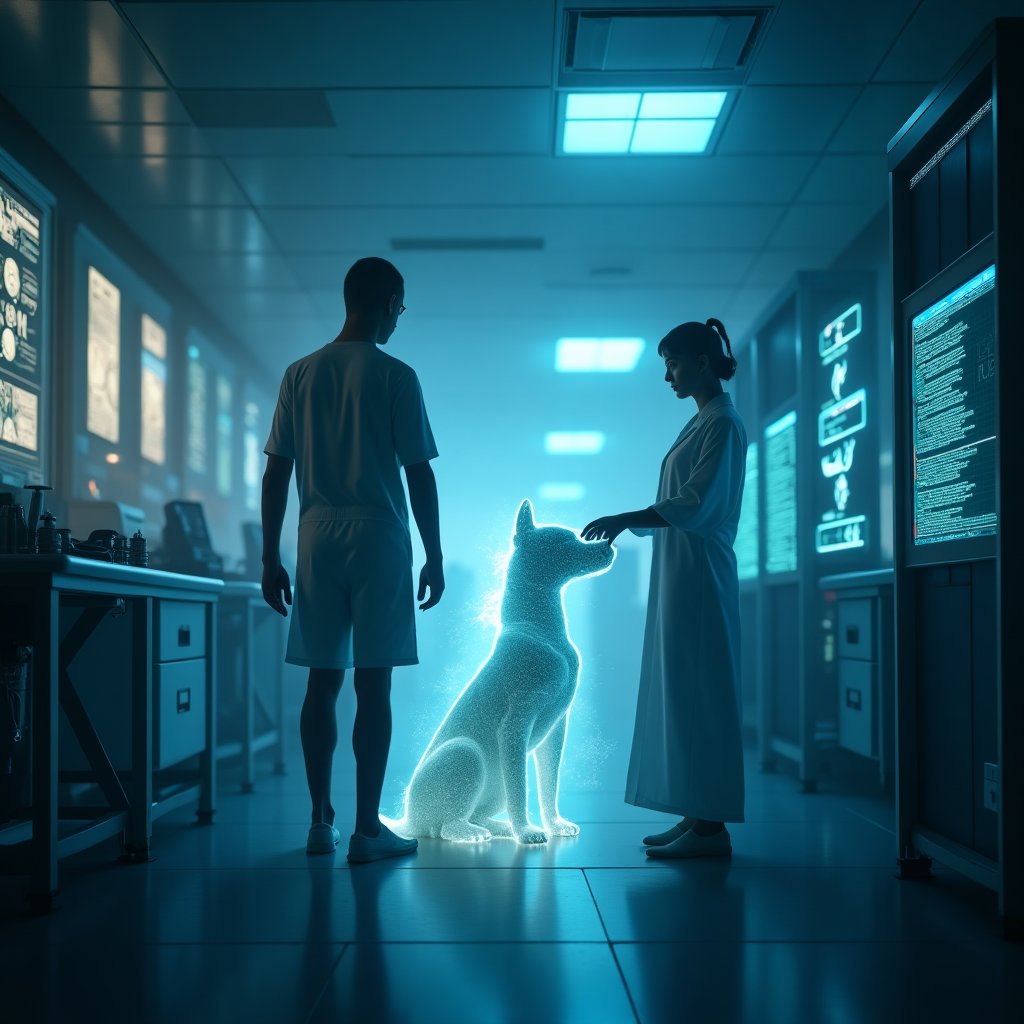

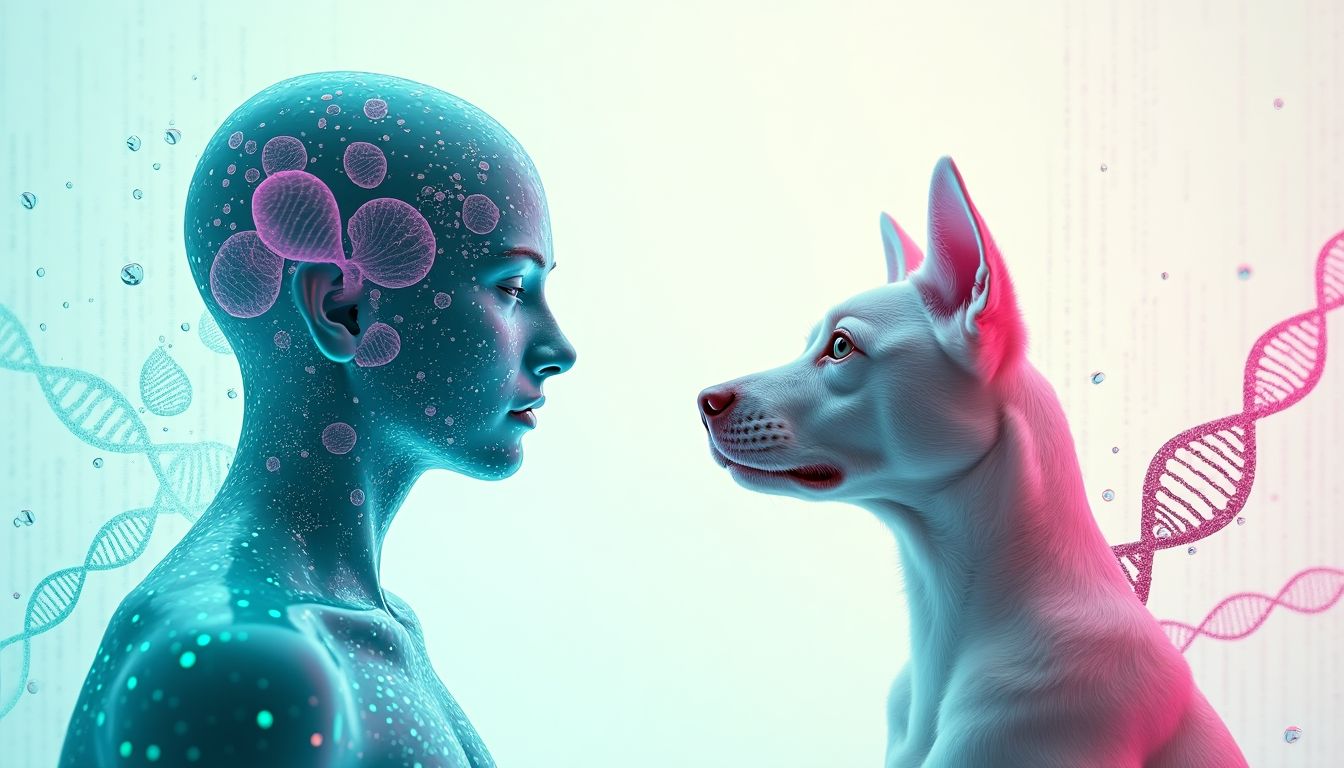
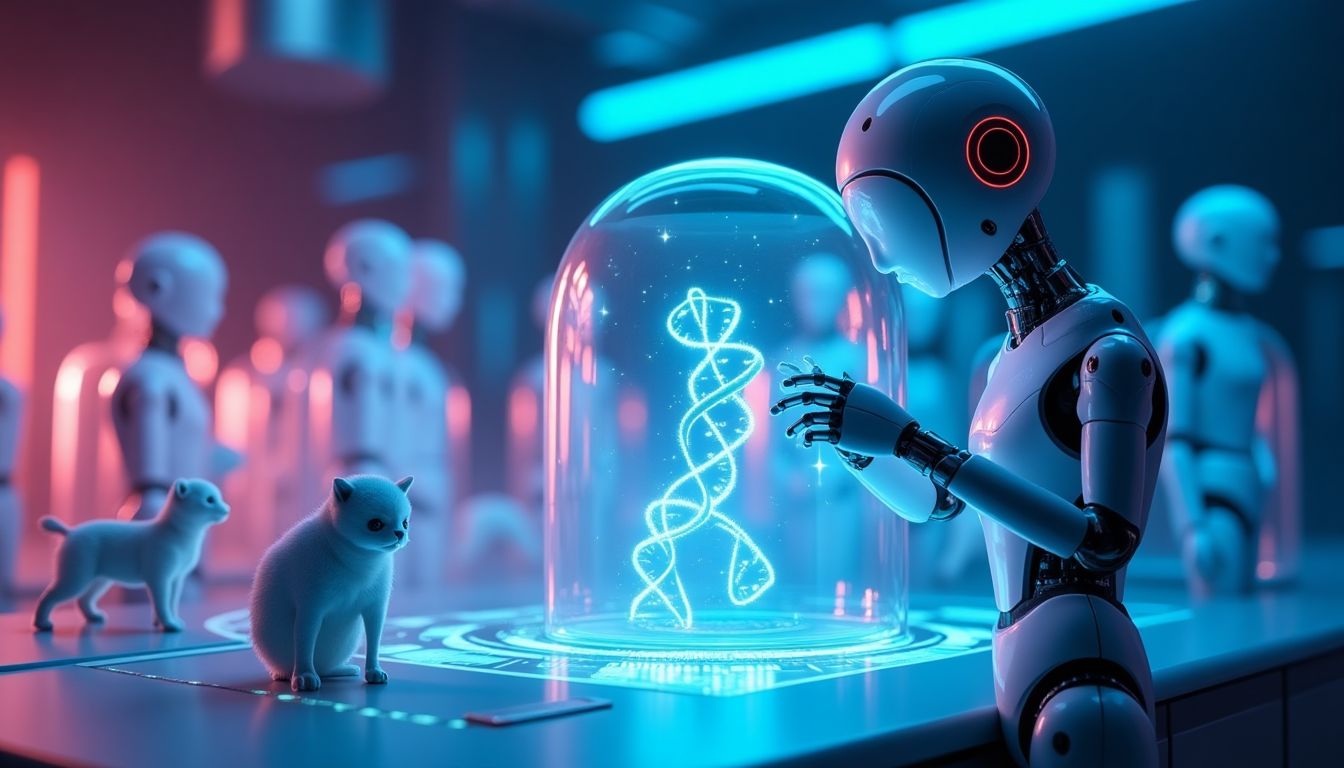
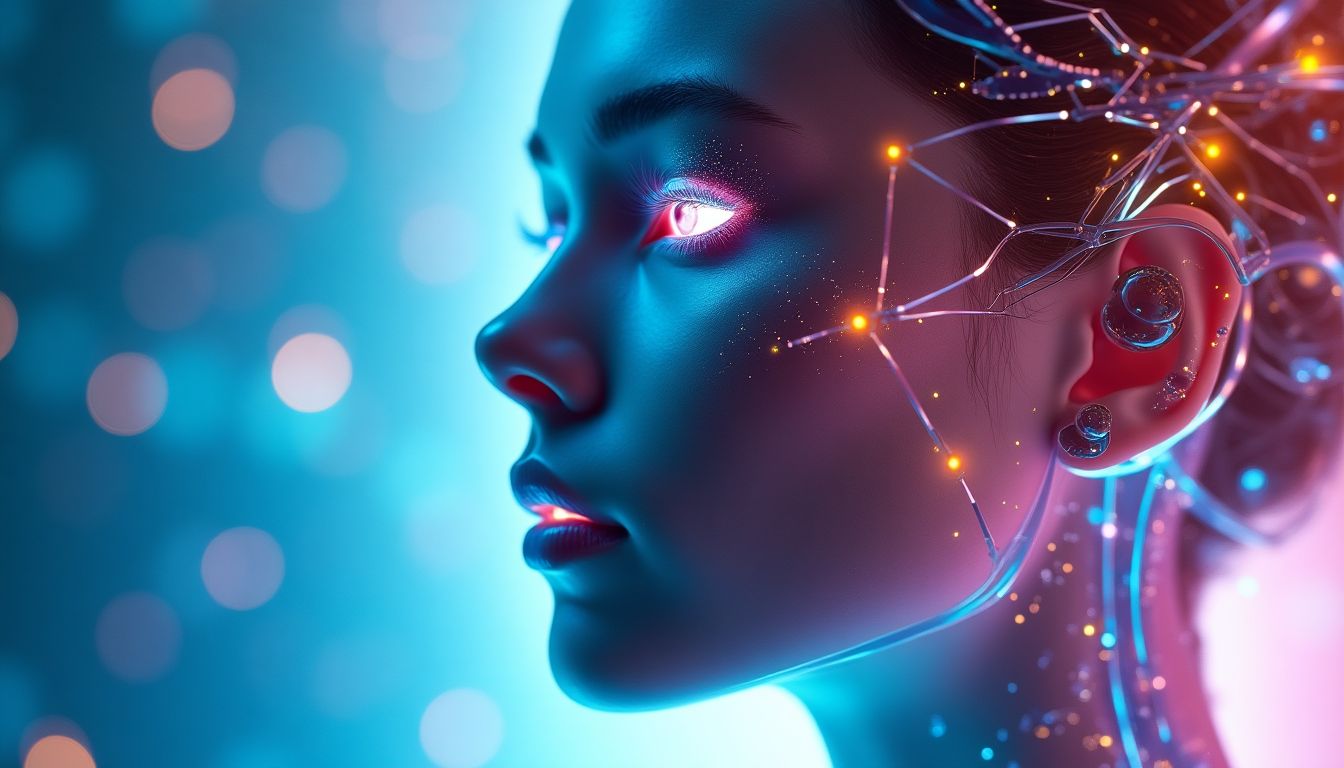




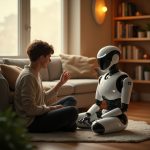



















1 comment